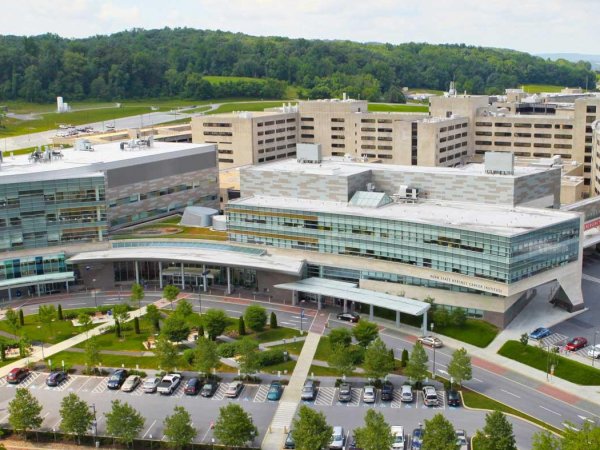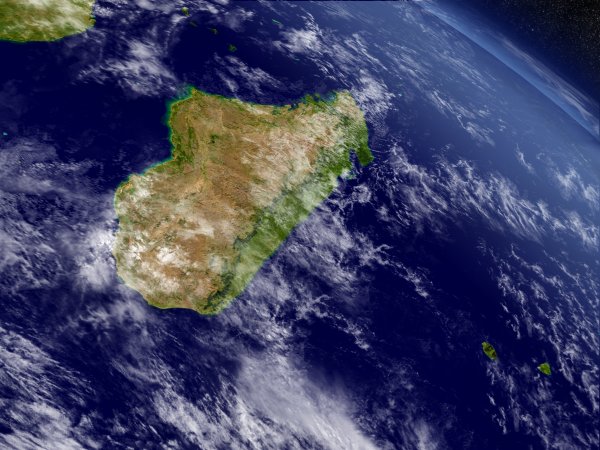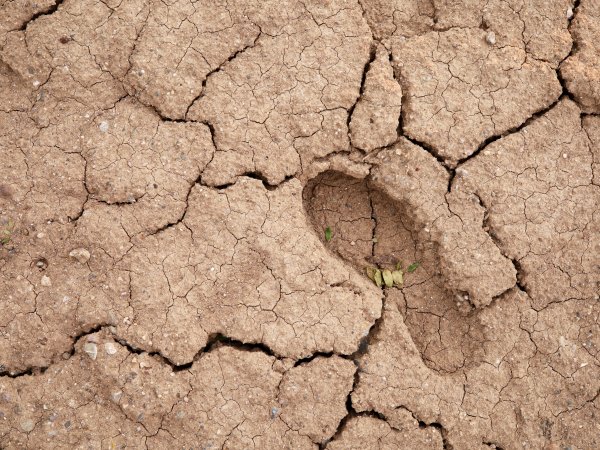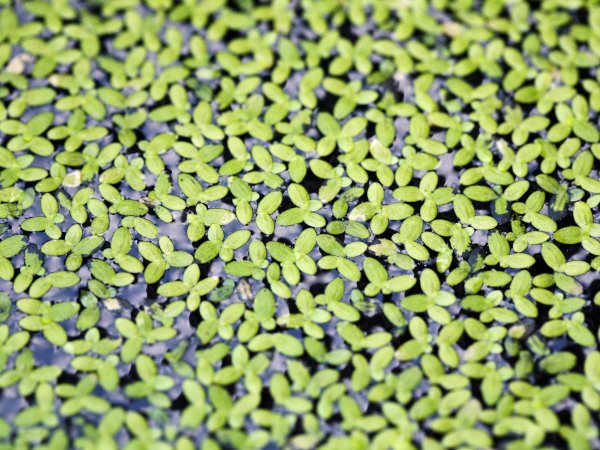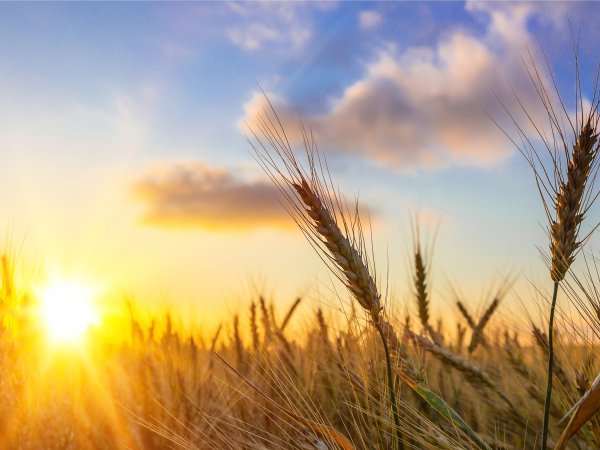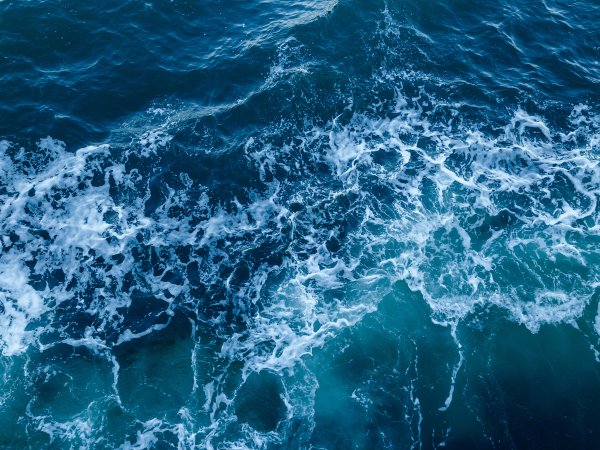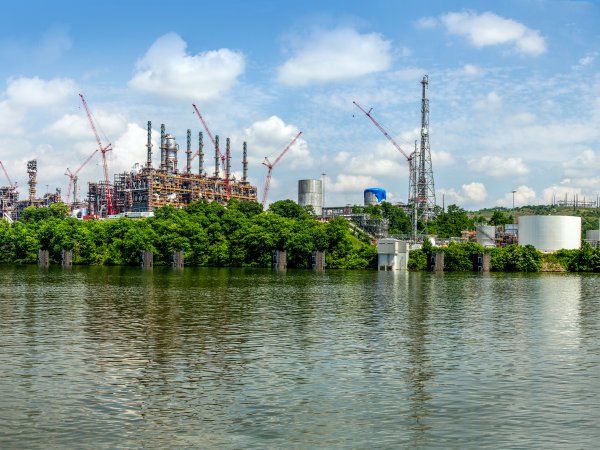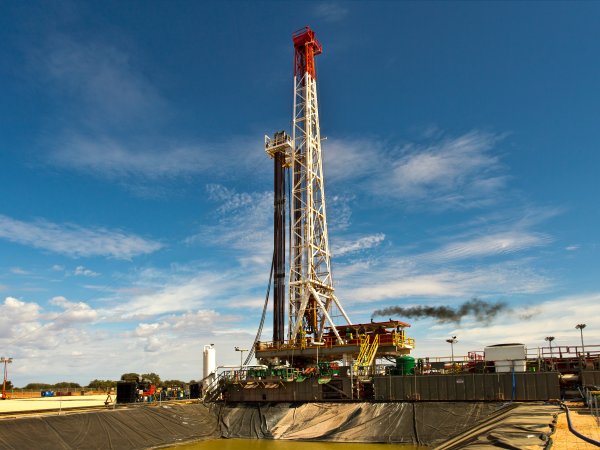Projects
Projecting Flood Risk from Extreme Precipitation: Interaction Between Climate Change and Urbanization
Awarded: 2018 | Project Type: IEE Seed Grant
We will study changing risks of catastrophic floods in populated areas. Floods result from the interaction between meteorological processes and landscape characteristics, both of which are changing due to human activity. We will examine how climate change and urbanization combine to influence flood risk now, and into the future. This project has three interdependent components. First, we will develop statistical models that can describe the frequency, severity, and spatial extent of the most extreme precipitation events.
Utilizing Hydrotropes to Increase Redox Flow Battery Storage Densities
Awarded: 2018 | Project Type: IEE Seed Grant
The current electrical power grid cannot stabilize fluctuations, which results in inefficiencies and inabilities to integrate intermittent renewable energy supplies, such as solar and wind, into the grid. To address this problem, the Department of Energy has strongly supported the development of flow batteries, which are large (i.e., building-scale) stationary energy storage devises that buffer fluctuations. Flow batteries differ from conventional batteries in that charge is stored in redox-active compounds dissolved in an electrolyte (kept in tanks), instead of at electrodes.
What Would the Susquehanna River Basin (SRB) Look Like in a European Union (EU) Water Framework Directive?
Awarded: 2018 | Project Type: IEE Seed Grant
Agricultural intensification, coupled with highly individualistic approaches to farmland management, has resulted in persistent water quality problems. Across the US, UK, and EU, policymakers have generally sought to remedy this situation through reactionary policies that incentivize and/or coerce farmers to change their behavior. Taken as a whole, however, these efforts are challenged by insufficient incentive structures, the diffuse nature of agricultural runoff, and the effects of legacy nutrient sources in the landscape.
Biogenic Manganese Oxides for the Removal of Emerging Contaminants from Hospital Wastewater
Awarded: 2017 | Project Type: IEE Seed Grant
The goal of this project is to develop a cost-effective, point-of-entry, pretreatment system to remove as many emerging contaminants as possible from hospital wastewaters before they enter the regional sewer system. So-called emerging contaminants in sewage include antibiotics, antimicrobial disinfectants, nonprescription drugs, pharmaceuticals, and steroids. These contaminants are not effectively removed by conventional wastewater treatment plants (WWTPs) and are starting to appear in source waters for drinking water treatment plants.
Biogeochemical, Isotopic, and Paleo-Metagenomic Interrogation of Ecosystem Change in Southwestern Madagascar
Awarded: 2017 | Project Type: IEE Seed Grant
This project will build upon and integrate our independently funded research programs to study climate change and anthropogenic ecosystem disruption in Southwestern Madagascar. These seed funds will provide the basis for developing a new inter-college collaboration among Perry, Freeman, Culleton, Kennett, and external collaborator Brenner to 1) collect sediment cores from two Malagasy lakes and then 2) generate proof-of-concept, high- resolution biogeochemical, isotopic, and paleogenomic preliminary data from the collected cores.
Ecological Migration in a Large-Scale Quasi-Experiment Design in China: Implications of Climate Change, Landscape Structure, Ecosystem Services, and Government Intervention
Awarded: 2017 | Project Type: IEE Seed Grant
One direct impact of climate change is human migration. Environment-related migration has significant impacts on the well-being of migrants and the residents of the receiving communities and has reciprocal effects on landscape structure and ecosystem services. However, most existing studies on environmental migration suffer from two major issues: selection biases that limit causal inferences and an inability to definitively classify individuals as environment-induced migrants.
Feeding 11 Billion: The Biosynthesis of High-Quality Protein from Wastewater
Awarded: 2017 | Project Type: IEE Seed Grant
The looming crisis in food, water, and sanitation has been identified as “one of the greatest human development challenges of the early 21st century” (UN, 2006). Approximately one third of the earth’s population (2.4 billion people) are without sanitation, and one in eight (1 billion people) are chronically hungry and suffer from protein-energy undernourishment (PEU).
Invisible or White, but Always Bright
Awarded: 2017 | Project Type: IEE Seed Grant
The optical properties of plant canopies control the Earth’s energy balance, and the vegetation net primary productivity, water use, and ability to withstand heat stress. Plant canopies reflect about 25% of the incoming solar radiation and re-emit some of the absorbed energy as thermal, invisible radiation. The foliage albedo –the fractional solar radiation reflected back to the atmosphere– and emissivity –the fractional emission in relation to a perfect emitter- control the radiation balance.
Optimizing the Conversion of Salinity Gradient Energy Into Electrical Power through Computational Simulations
Awarded: 2017 | Project Type: IEE Seed Grant
The goal of the proposed research is to maximize electrical power production rates from salinity gradient energy, which is the energy contained in the salt concentration difference between freshwater and seawater. This energy source can theoretically supply 40% of today’s global electrical demand. PI Gorski is currently studying the conversion of salinity gradient energy into electricity using a new approach – capacitive mixing – which exploits salt concentration differences in waters to charge and discharge electrodes.
Re-Conceptualizing Impact Analysis of the Food-Energy-Water Nexus: Evaluating the Proposed Ethane Plant in Beaver County, Pa
Awarded: 2017 | Project Type: IEE Seed Grant
Through a case study of a newly permitted ethane plant in western, PA, this project proposes to develop an expanded impact assessment framework that incorporates multiple intersecting impacts of development (social, environmental, economic, health) and temporal and scalar dimensions. The framework will help to advance nexus research by developing a decision analysis tool that simultaneously considers impacts to water, food and energy systems. The project also provides a unique opportunity to establish a longitudinal research project as the plant was only permitted in June 2016.
Removing Radium from Hydrofracturing Fluids with Tailored Clays
Awarded: 2017 | Project Type: IEE Seed Grant
Through this IEE seed grant, this newly-collaborating interdisciplinary team aims to remove radium from hydrofracturing fluids by sorbing the radium onto tailored clays. Dr. Komarneni, through prior research published in Nature, has synthesized clays that host a tight inter-layer structure that captures radium, preferentially over other cations such as barium, sodium, etc. As a high-risk, high- gain application of this novel phenomenon, we aim to dose these tailored clays into hypersaline hydrofracturing fluids so as to sorb the fluids’ radioactivity.
Riparian Bird Feathers as Indicators of Shale Gas Development
Awarded: 2017 | Project Type: IEE Seed Grant
Feathers are commonly used for sampling exposure to environmental pollutants as many heavy metals and other pollutants become incorporated into the feather structure and are an indication of exposure during the time the feathers were growing. In particular, songbirds do not store calcium for egg shell production in their legs but instead need to obtain it in their diet by feeding on calcium rich items in the days preceding egg laying.




